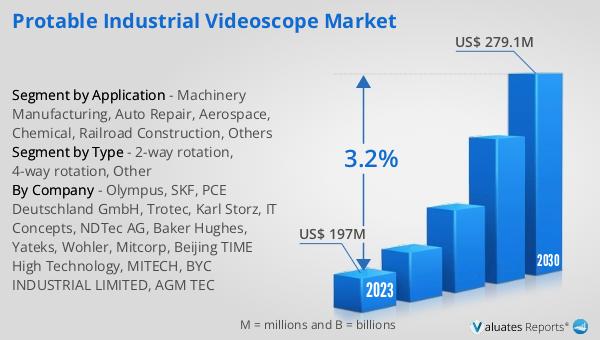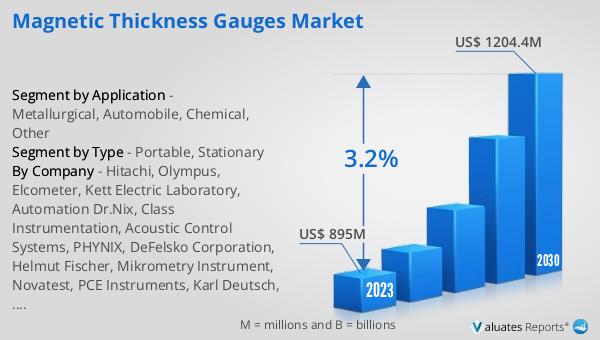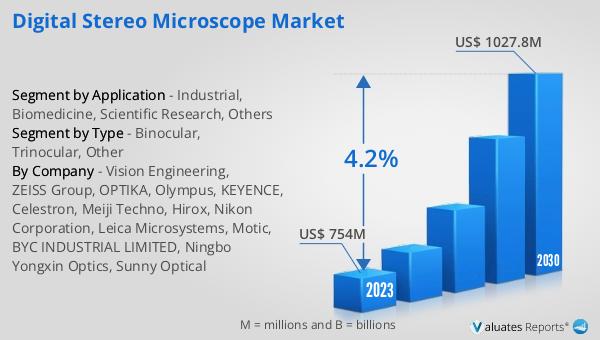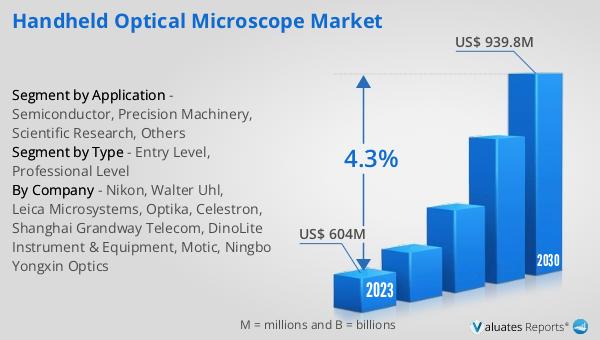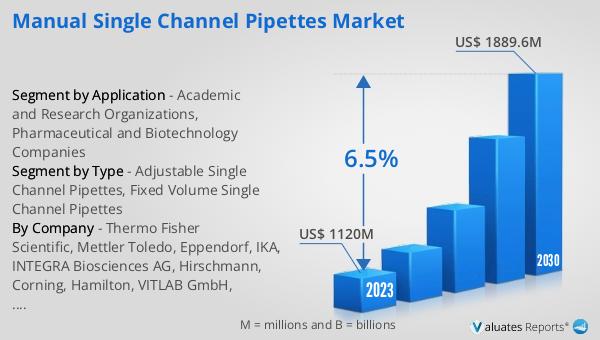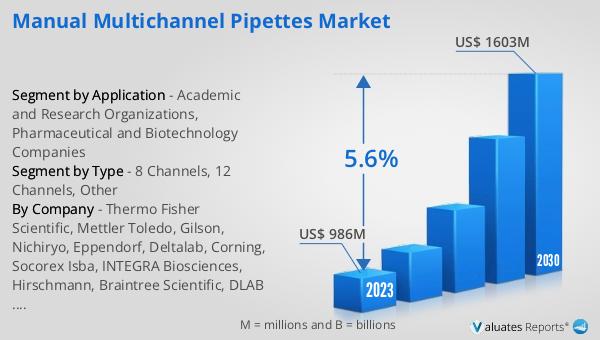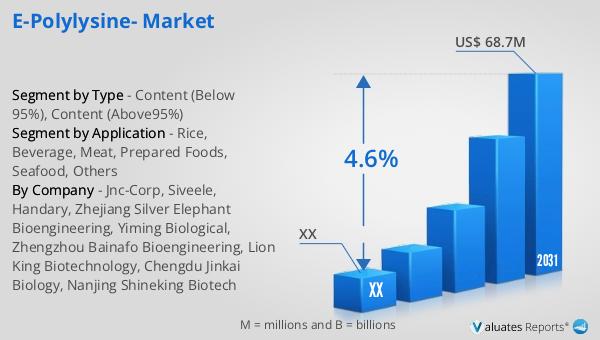What is Global Industrial Hardness Tester Market?
The Global Industrial Hardness Tester Market refers to the worldwide industry focused on the production, distribution, and utilization of devices that measure the hardness of materials. These testers are essential in various industries to ensure the quality and durability of products by assessing their resistance to deformation. Hardness testers are used in sectors such as manufacturing, construction, automotive, and aerospace to test materials like metals, plastics, and rubber. The market encompasses a range of hardness testing methods, including Leeb, Rockwell, Brinell, and others, each suited to different types of materials and applications. The demand for these testers is driven by the need for precise material characterization, quality control, and compliance with industry standards. As industries continue to advance and new materials are developed, the importance of accurate hardness testing grows, making the Global Industrial Hardness Tester Market a vital component of modern industrial processes.
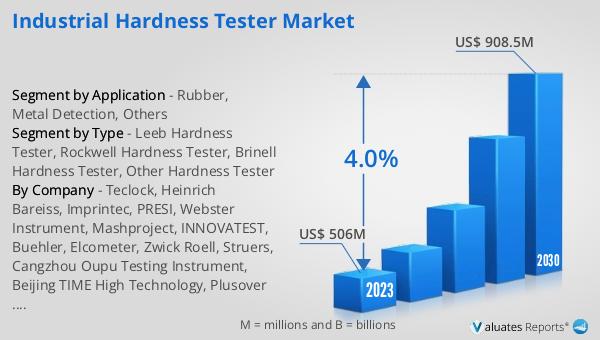
Leeb Hardness Tester, Rockwell Hardness Tester, Brinell Hardness Tester, Other Hardness Tester in the Global Industrial Hardness Tester Market:
Leeb Hardness Testers, Rockwell Hardness Testers, Brinell Hardness Testers, and other types of hardness testers each play a crucial role in the Global Industrial Hardness Tester Market. Leeb Hardness Testers are known for their portability and ease of use, making them ideal for on-site testing and large, heavy components. They operate by measuring the rebound velocity of a test body after it impacts the material surface, providing a quick and non-destructive means of assessing hardness. Rockwell Hardness Testers, on the other hand, are widely used in laboratory settings and are valued for their precision and repeatability. They measure the depth of penetration of an indenter under a large load compared to the penetration made by a preload, offering a direct hardness number. This method is particularly suitable for metals and alloys. Brinell Hardness Testers are often used for testing materials with coarse or uneven grain structures, such as castings and forgings. They work by pressing a hard ball into the material and measuring the diameter of the indentation left behind. This method provides a comprehensive average hardness value over a larger area, making it useful for heterogeneous materials. Other hardness testers in the market include Vickers and Knoop testers, which are used for microhardness testing. These methods involve pressing a diamond indenter into the material and measuring the size of the indentation under a microscope, making them suitable for thin materials, coatings, and small parts. Each type of hardness tester has its unique advantages and applications, contributing to the diverse and dynamic nature of the Global Industrial Hardness Tester Market.
Rubber, Metal Detection, Others in the Global Industrial Hardness Tester Market:
The Global Industrial Hardness Tester Market finds extensive usage in various areas, including rubber, metal detection, and others. In the rubber industry, hardness testers are essential for ensuring the quality and performance of rubber products. They help in determining the resistance of rubber to indentation, which is crucial for applications like tires, seals, and gaskets. Accurate hardness testing ensures that rubber components meet the required specifications and can withstand the stresses they will encounter in service. In metal detection, hardness testers play a vital role in assessing the properties of metals and alloys. They are used to verify the hardness of metal parts, which is a key indicator of their strength, wear resistance, and durability. This is particularly important in industries such as automotive, aerospace, and construction, where metal components must meet stringent quality standards. Hardness testing helps in identifying potential issues like improper heat treatment or material defects, ensuring that only high-quality parts are used in critical applications. Beyond rubber and metal detection, hardness testers are also used in other areas such as plastics, ceramics, and composites. In the plastics industry, for example, hardness testing helps in evaluating the resistance of plastic materials to deformation and wear, which is important for applications like packaging, consumer goods, and medical devices. In ceramics and composites, hardness testing is used to assess the mechanical properties of these materials, which are often used in high-performance applications like aerospace and defense. Overall, the Global Industrial Hardness Tester Market serves a wide range of industries, providing essential tools for quality control, material characterization, and compliance with industry standards.
Global Industrial Hardness Tester Market Outlook:
The global Industrial Hardness Tester market was valued at US$ 506 million in 2023 and is anticipated to reach US$ 908.5 million by 2030, witnessing a CAGR of 4.0% during the forecast period 2024-2030. This market outlook highlights the significant growth potential of the industry over the coming years. The increasing demand for high-quality materials and the need for precise hardness testing in various industries are key factors driving this growth. As industries continue to evolve and new materials are developed, the importance of accurate hardness testing becomes even more critical. The market's expansion is also supported by advancements in testing technologies and the development of more efficient and user-friendly hardness testers. These innovations are making it easier for industries to implement rigorous quality control measures and ensure the reliability and performance of their products. Additionally, the growing emphasis on compliance with international standards and regulations is further boosting the demand for industrial hardness testers. As a result, the Global Industrial Hardness Tester Market is poised for substantial growth, offering numerous opportunities for manufacturers, suppliers, and end-users alike.
| Report Metric | Details |
| Report Name | Industrial Hardness Tester Market |
| Accounted market size in 2023 | US$ 506 million |
| Forecasted market size in 2030 | US$ 908.5 million |
| CAGR | 4.0% |
| Base Year | 2023 |
| Forecasted years | 2024 - 2030 |
| Segment by Type |
|
| Segment by Application |
|
| Production by Region |
|
| Consumption by Region |
|
| By Company | Teclock, Heinrich Bareiss, Imprintec, PRESI, Webster Instrument, Mashproject, INNOVATEST, Buehler, Elcometer, Zwick Roell, Struers, Cangzhou Oupu Testing Instrument, Beijing TIME High Technology, Plusover Instrument Industry, Fine Manufacturing Industries |
| Forecast units | USD million in value |
| Report coverage | Revenue and volume forecast, company share, competitive landscape, growth factors and trends |
